L(+)-Asparagine monohydrate
Synonym(s):L-Asparagine monohydrate;Asparagine Monohydrate;Asparaginic acid semiamide, Asn;(S)-(+)-2-Aminosuccinamic acid;(S)-2-Aminosuccinic acid 4-amide
- CAS NO.:5794-13-8
- Empirical Formula: C4H10N2O4
- Molecular Weight: 150.13
- MDL number: MFCD00151038
- EINECS: 611-593-6
- SAFETY DATA SHEET (SDS)
- Update Date: 2025-10-29 15:43:00

What is L(+)-Asparagine monohydrate?
Chemical properties
White or almost white, crystalline powder or colourless crystals.
The Uses of L(+)-Asparagine monohydrate
L-Asparagine is a naturally occurring amino acid that is not an essential for humans and can be synthesized from central metabolic pathway intermediates.
The Uses of L(+)-Asparagine monohydrate
L-Asparagine is a naturally occurring proteinogenic amino acid, used in biomanufacturing cell culture systems for the production of therapeutic recombinant proteins and monoclonal antibodies. It is used in the biosynthesis of proteins. It is also required for development and function of the brain.
General Description
Asparagine biosynthesis is catalyzed by glutamine-dependent asparagine synthetase in mammalian tissues. Elevated levels of free asparagine is observed in plants facing stress in the form of drought or high salt. It is also present in senescing leaves and germinating seeds.
Biochem/physiol Actions
Asparagine has high nitrogen to carbon ratio and is a key regulator for nitrogen storage and transport. Its thermal degradation in the presence of sugars leads to the acrylamide formation in foods. Asparagine serves as an amino acid exchange factor and is essential for amino acid homeostasis. It favors cancer cell proliferation.
Properties of L(+)-Asparagine monohydrate
| Melting point: | 233-235 °C(lit.) |
| Boiling point: | 271.66°C (rough estimate) |
| alpha | 35 º (c=10, 6N HCl) |
| Density | 1,543 g/cm3 |
| refractive index | 31 ° (C=10, HCl) |
| storage temp. | 2-8°C |
| solubility | H2O: 20 mg/mL |
| form | powder |
| color | White to Off-white |
| PH | 4.0-5.5 (20g/l, H2O, 20℃) |
| Odor | at 100.00?%. odorless |
| Water Solubility | 30 g/L (20 ºC) |
| Merck | 14,837 |
| BRN | 5767869 |
| CAS DataBase Reference | 5794-13-8(CAS DataBase Reference) |
Safety information for L(+)-Asparagine monohydrate
| Signal word | Warning |
| Pictogram(s) |
 Exclamation Mark Irritant GHS07 |
| Precautionary Statement Codes |
P261:Avoid breathing dust/fume/gas/mist/vapours/spray. P271:Use only outdoors or in a well-ventilated area. P280:Wear protective gloves/protective clothing/eye protection/face protection. |
Computed Descriptors for L(+)-Asparagine monohydrate
L(+)-Asparagine monohydrate manufacturer
JSK Chemicals
New Products
4,4-Difluoropiperidine hydrochloride tert-butyl 9-methoxy-3-azaspiro[5.5]undecane-3-carboxylate Indole Methyl Resin N-Isopropylurea N,N-Dicyclohexylcarbodiimide(DCC) MELDRUMS ACID 5-METHYLISOXAZOLE-4-CARBOXYLIC ACID Magnessium Bis glycinate Zinc ascorbate 1-bromo-2-butyne 2-acetamidophenol 9(10H)-anthracenone Erythrosin B, 4-Piperidinopiperidine 2-((4-morpholinophenylamino) (methylthio) methylene) malononitrile 2,4-dihydroxybenzaldehyde 3-(4-morpholinophenylamino)-5-amino-1H-pyrazole-4-carbonitrile Methyl 2-methylquinoline-6-carboxylate 2,6-dichloro-4-nitropyridine 4-Bromo-2-chlorobenzonitrile 2-(benzylamino)acetic acid hydrochloride 4-(tert-Butoxycarbonylamino)but- 2-ynoic acid 3,4-dihydro-2H-benzo[b][1,4]dioxepine 1-Phenyl-1-cycloprppanecarboxylicacidRelated products of tetrahydrofuran
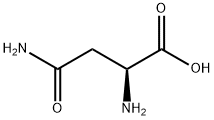

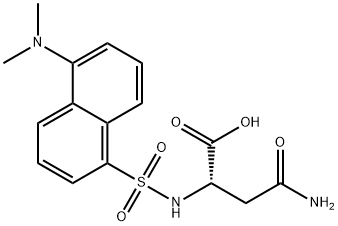
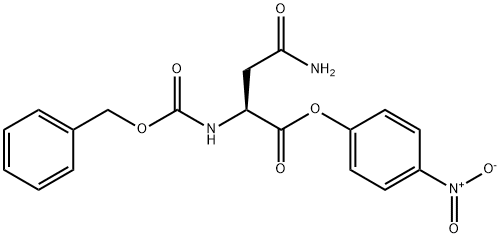

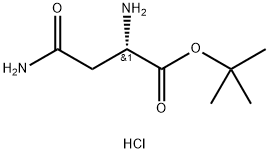
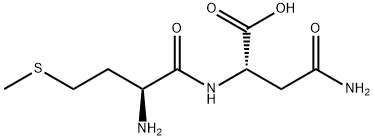
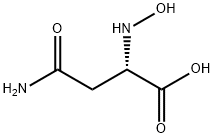
You may like
-
 L-Asparagine CAS 5794-13-8View Details
L-Asparagine CAS 5794-13-8View Details
5794-13-8 -
 L-Asparagine, GR 99.5% CAS 5794-13-8View Details
L-Asparagine, GR 99.5% CAS 5794-13-8View Details
5794-13-8 -
 L-Asparagine Monohydrate for tissue culture CAS 5794-13-8View Details
L-Asparagine Monohydrate for tissue culture CAS 5794-13-8View Details
5794-13-8 -
 L-Asparagine Monohydrate CAS 5794-13-8View Details
L-Asparagine Monohydrate CAS 5794-13-8View Details
5794-13-8 -
 L-Asparagine Monohydrate ExiPlus CAS 5794-13-8View Details
L-Asparagine Monohydrate ExiPlus CAS 5794-13-8View Details
5794-13-8 -
 L-Asparagine Monohydrate extrapure CHR CAS 5794-13-8View Details
L-Asparagine Monohydrate extrapure CHR CAS 5794-13-8View Details
5794-13-8 -
 L-Asparagine monohydrate 99% CAS 5794-13-8View Details
L-Asparagine monohydrate 99% CAS 5794-13-8View Details
5794-13-8 -
 5 kg L Asparagine Monohydrate, PowderView Details
5 kg L Asparagine Monohydrate, PowderView Details
5794-13-8
